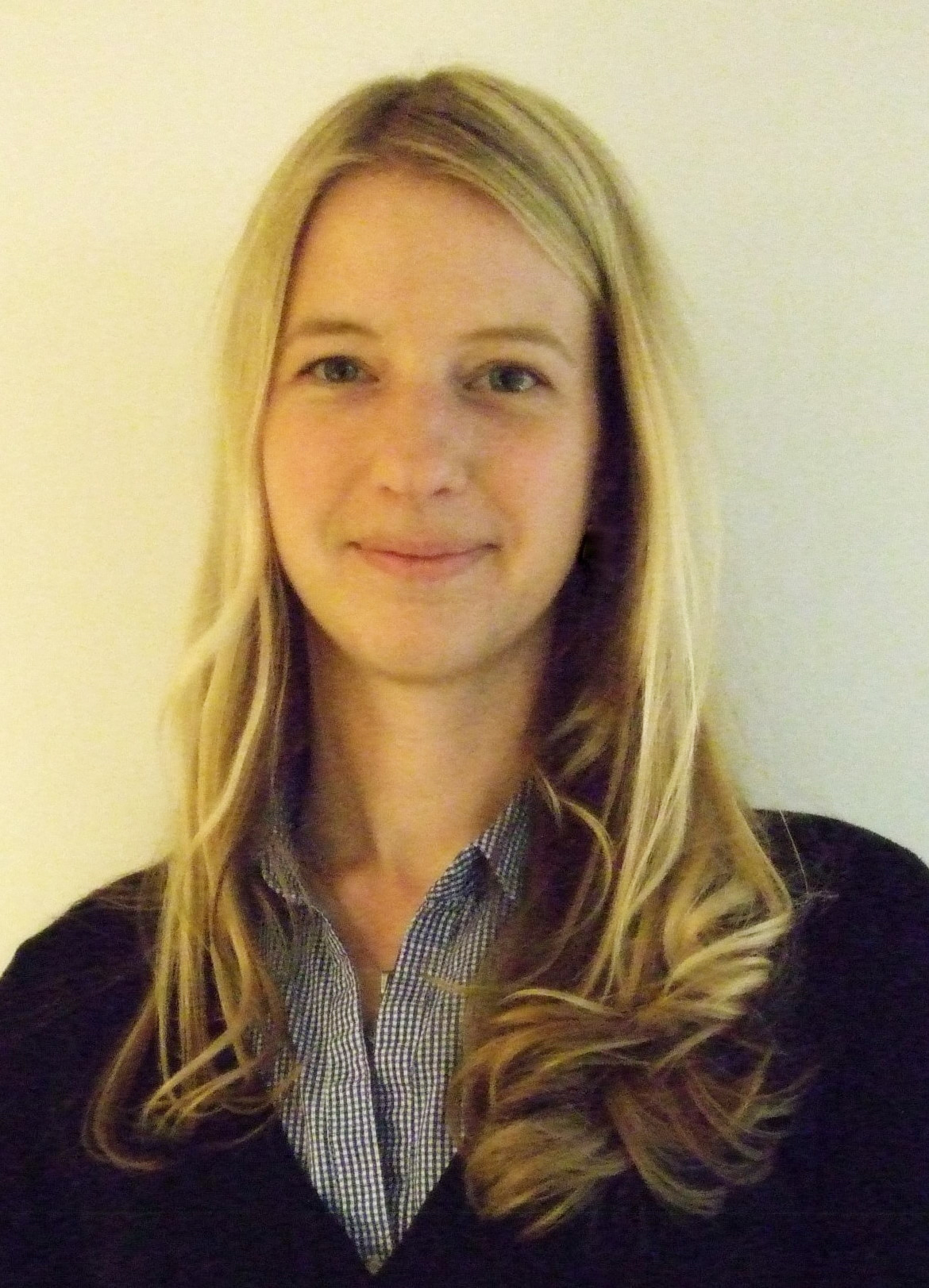HEPEX Webinar: Discharge uncertainty: sources and implications for hydrological analyses
The Webinars are back for a new year of broadcasted science. A slight change in the format is that we will keep them shorter, around 20 min presentation with 10 min for discussion. First out 2015 is Ida Westerberg. University of Bristol.
Date and time: Thursday, January 29, 2015 3:00 pm GMT (UTC)
A recording of the webinar is now available here
Abstract: Uncertainty in discharge data affects the reliability of a range of hydrological analyses and is therefore important for the use of discharge data for water research as well as resource management. Several studies have investigated discharge uncertainty and its effects at individual sites, but there is a need to estimate and compare uncertainty sources, magnitudes and characteristics across larger sets of catchments.
Discharge is calculated from water level data and a rating curve that relates water level to discharge for most gauging stations worldwide. This presentation focuses on rating-curve uncertainty and its implications for uncertainty in discharge data time series, and their use for flow index (or signature) analyses. First the different sources of uncertainty in discharge data are discussed. Then a method is presented for estimating discharge uncertainty from rating-curve uncertainty within a Monte Carlo framework that accounts for both aleatory and epistemic errors. We show results from applying the method across 43 catchments in the UK, highlighting the place-specific nature of discharge uncertainty. The method worked well across the whole range of gauging stations in the dataset, incorporating different causes of epistemic uncertainty (e.g. weed growth, backwater) and different numbers of sections in the power-law rating curves. Uncertainties in different flow indices derived from the discharge data are then presented together with the factors that control the uncertainty in the different indices.
In conclusion, the study showed that discharge data uncertainty can be large and have a highly place-specific variability, resulting in different shapes of uncertainty distributions. This has important consequences for the reliability of analyses made using these data, such as cross-catchment comparisons and model calibration.
About the author: Ida Westerberg is a Marie Curie Research Fellow at the University of Bristol in the UK. Her research focuses on understanding uncertainties in hydrological data and their consequences for hydrological analyses and modelling. How can uncertainties in hydrological data be estimated and how can this information be used in model calibration and evaluation? What is the value of different types of data for constraining uncertainty in model predictions in gauged and ungauged basins?

February 18, 2015 at 12:17
Thank you Ida Westerberg for this interesting web seminar!
This is an important topic… in particular in remote mountain areas where icing, channel instability and intense snow fall make accurate discharge monitoring difficult.
Best regards,
David Finger